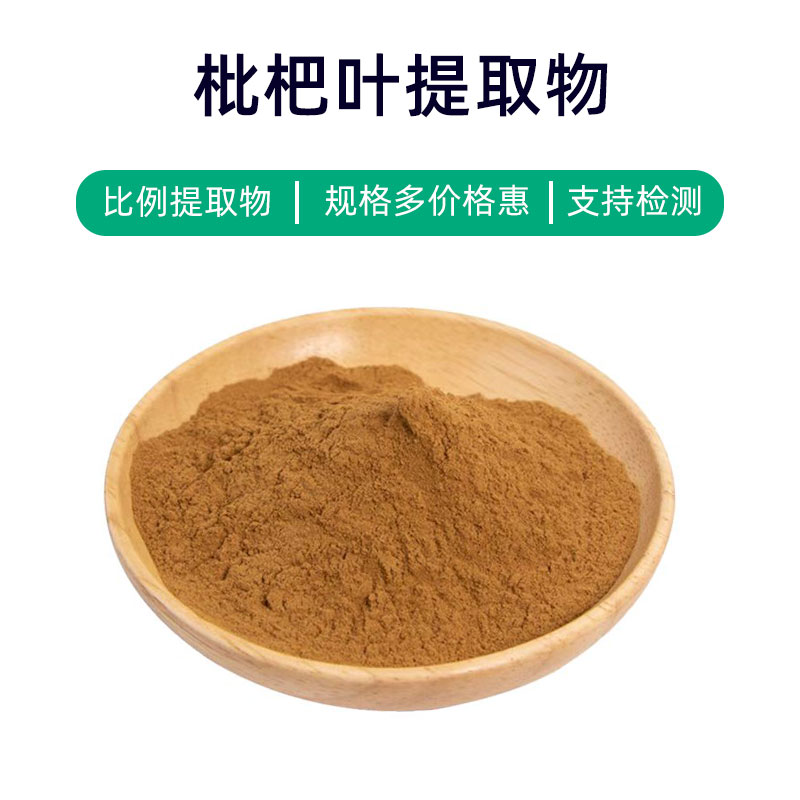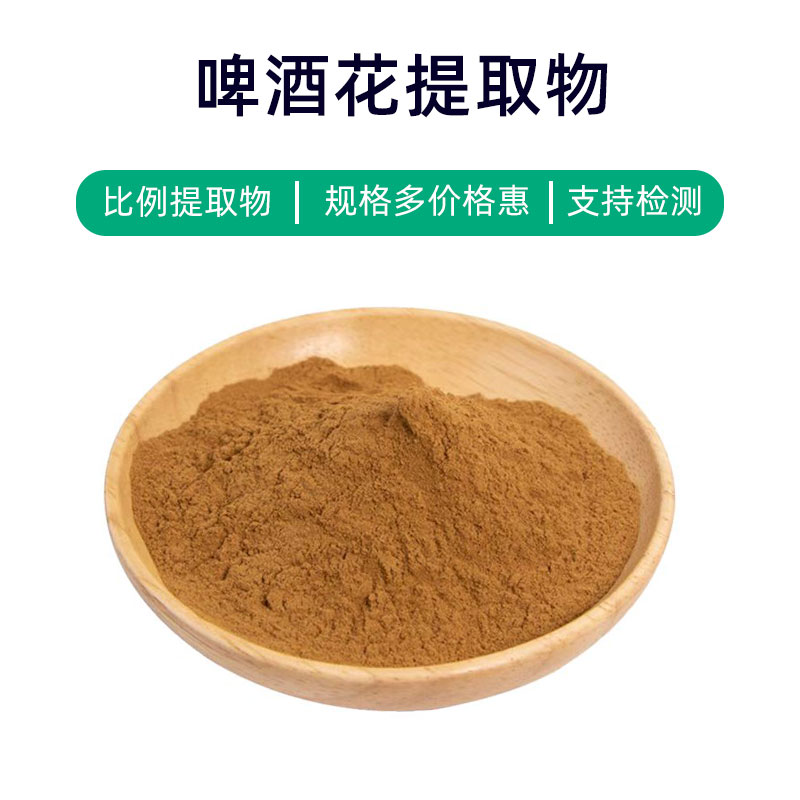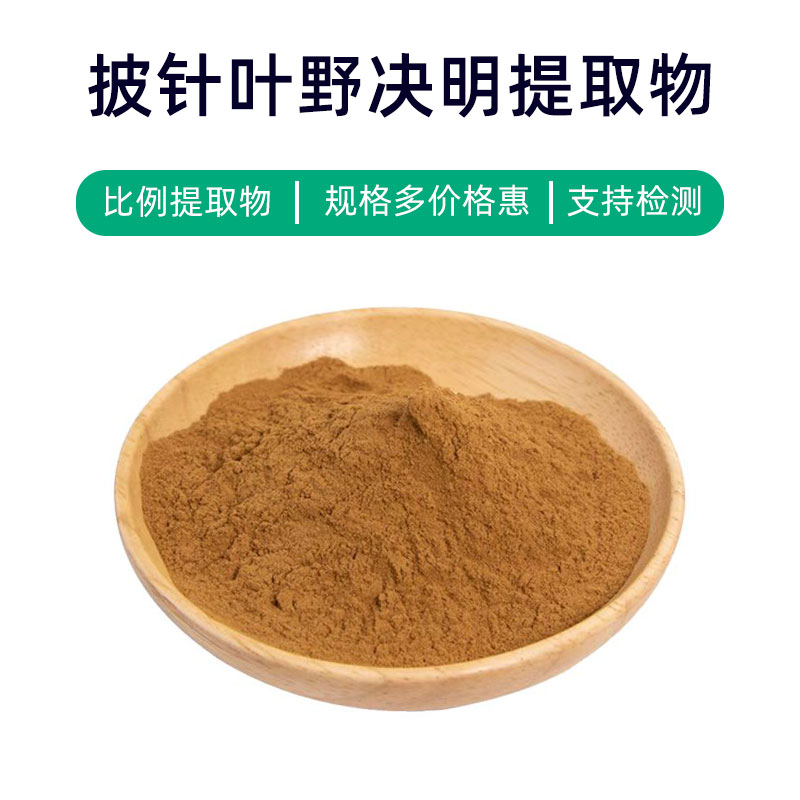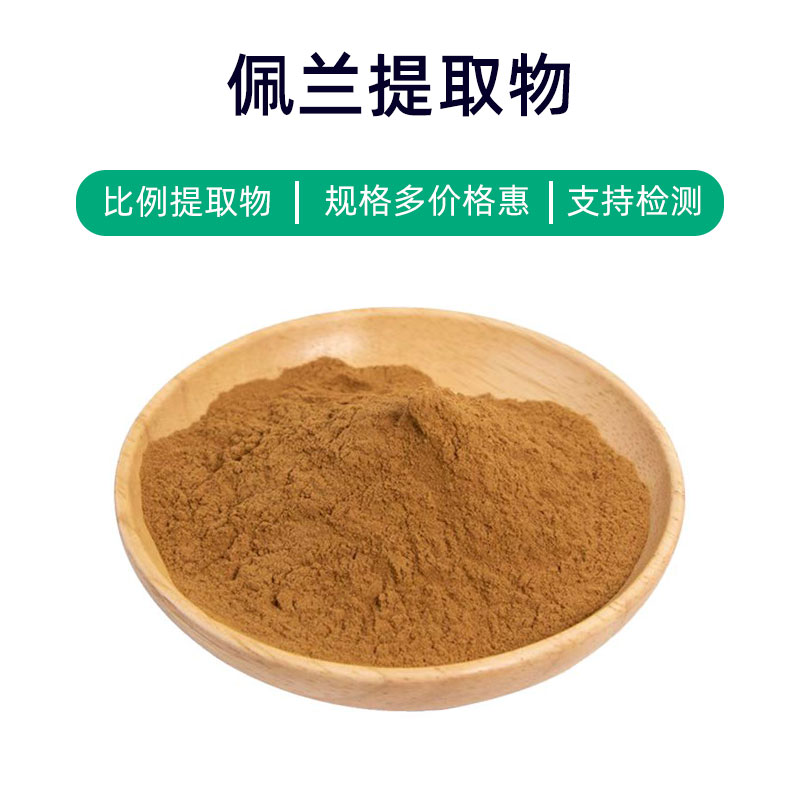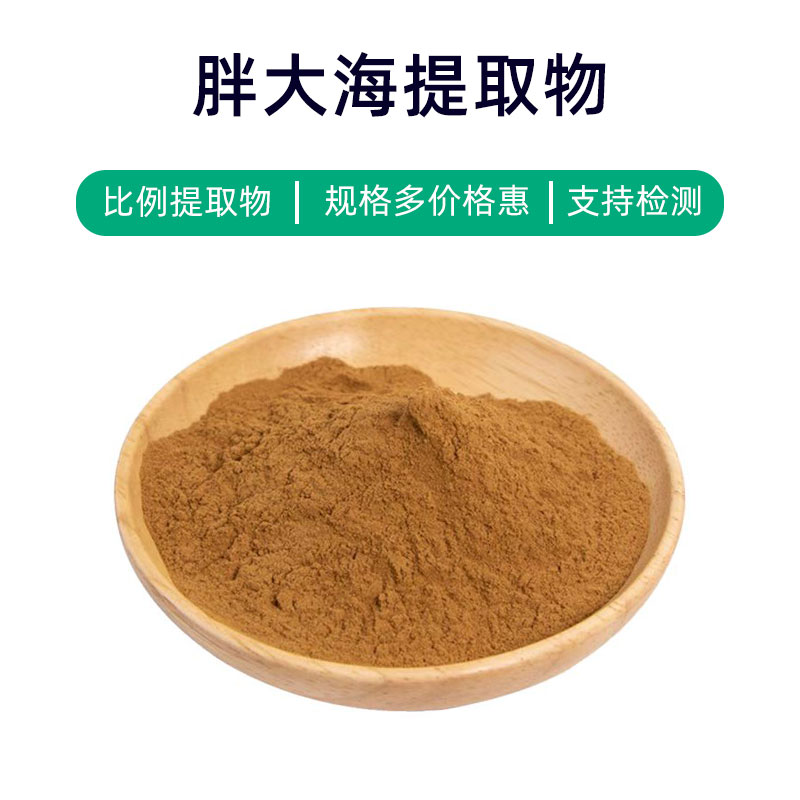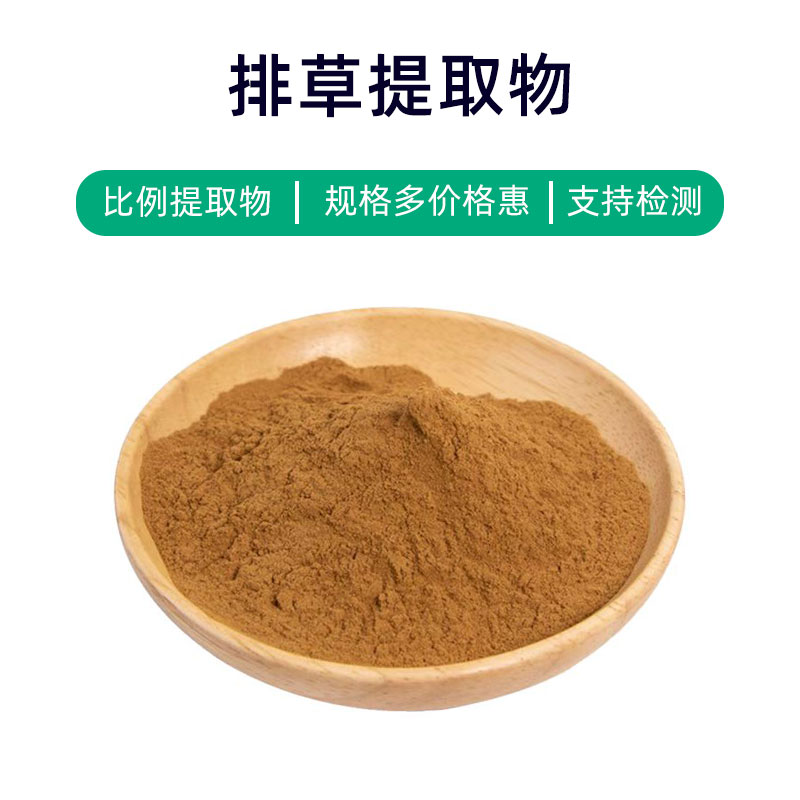Introduction to Lotus Leaf Extract
Lotus leaf extract is a natural plant extract derived from lotus leaves, with key ingredients such as alkaloids, flavonoids, and polysaccharides. It is widely utilized in pharmaceuticals, health supplements, and cosmetics.
Main Benefits:
- Weight Loss: Lotus leaf extract is believed to inhibit fat synthesis and promote fat breakdown, helping to reduce weight and fat accumulation.
- Antioxidant: Rich in flavonoids, lotus leaf extract has strong antioxidant properties that help eliminate free radicals, reduce oxidative cell damage, and slow down aging.
- Clear Heat and Drain Dampness: Traditionally used to clear heat and dampness, it has detoxifying and diuretic effects, often employed to improve symptoms caused by heat and dampness, such as phlegm retention and edema.
Lotus leaf extract can be found in various forms of pharmaceuticals, health supplements, and cosmetics, like oral pills, weight loss teas, and facial skincare products. It should be used as per the product instructions or doctor's recommendations for dosage and method.
Production Process of Lotus Leaf Extract
The production process of lotus leaf extract typically includes the following steps:
- Collection: Fresh, high-quality lotus leaves are selected as raw materials. Processing should begin immediately after picking to retain the highest content of active ingredients.
- Washing: The harvested leaves are washed to remove impurities and dirt, ensuring purity and quality of the extract.
- Chopping: Cleaned leaves are chopped to facilitate the extraction of active ingredients, usually done by cutting or grinding.
- Extraction: Chopped leaf samples undergo extraction using methods such as water extraction, ethanol extraction, or supercritical fluid extraction. Temperature, pressure, and extraction time must be controlled for optimal active ingredient yield.
- Concentration: The extracted lotus leaf liquid is concentrated to remove excess solvent and moisture, yielding a concentrated extract.
- Filtration: The concentrated liquid is filtered to remove suspended solids and impurities, resulting in a clear extract.
- Refinement: The filtered extract undergoes refinement through processes such as recrystallization or freeze-drying to enhance purity and stability.
- Testing: Quality tests are conducted on the refined extract, including checks for active ingredient content, heavy metals, and pesticide residues to ensure compliance with standards and regulations.
- Packaging: Finally, the qualified lotus leaf extract is packaged, often using sealed containers to prevent exposure to oxygen and moisture, preserving its stability and active ingredient efficacy.
This outlines the common production process for lotus leaf extract, with specific steps and parameters varying based on the manufacturer's processes and equipment.
Effects and Side Effects of Lotus Leaf Extract
Lotus leaf extract is a natural plant extract with various benefits and functions, including:
- Antioxidant: The extract is rich in antioxidants, such as flavonoids and polyphenols, effectively neutralizing free radicals, reducing oxidative damage, protecting cells from oxidative stress, and slowing the aging process.
- Blood Sugar Reduction: Some active components in the extract can lower blood sugar levels by promoting insulin secretion and enhancing insulin sensitivity, offering some supportive treatment for diabetic patients.
- Lipid Reduction: Research shows that certain components in lotus leaf extract can regulate lipid metabolism, lowering cholesterol and triglyceride levels, helping to prevent and treat cardiovascular diseases related to high lipid and cholesterol levels.
- Diuretic and Detoxifying: Lotus leaf extract promotes the excretion of waste and toxins, purifying the blood and improving internal conditions, which may help prevent kidney disease and symptoms of edema.
- Antimicrobial and Anti-inflammatory: With rich tannins and flavonoids, the extract has antimicrobial and anti-inflammatory properties, which can be used to treat skin inflammation and oral ulcers.
- Circulatory Improvement: The active components in the extract promote blood circulation, dilate blood vessels, lower blood viscosity, and help relieve symptoms of coronary heart disease and hypertension.
- Blood Pressure Regulation: Containing magnesium, the extract can help dilate blood vessels and lower blood pressure, aiding in the prevention and treatment of hypertension and protecting cardiovascular health.
Despite its numerous benefits, individual differences and dosage control should be observed when using lotus leaf extract. Excessive use could lead to adverse reactions like dizziness, nausea, or diarrhea. Therefore, it’s important to follow medical advice to ensure safe and effective use.
Application Scenarios and Dosage of Lotus Leaf Extract
Lotus leaf extract has extensive applications in medicine, food, and cosmetics:
1. Medical Applications:
- Blood Sugar Lowering: Used in making antidiabetic drugs for diabetes patients. The usual dosage is 100-200 mg orally per day, depending on individual condition.
- Lipid Lowering: Used to create medications for high cholesterol and lipid conditions; dosage should be determined based on the patient's specifics.
- Diuretic for Edema: Used for treating edema and nephritis, typically at 100-200 mg orally per day.
- Antimicrobial and Anti-inflammatory: Can be made into topical anti-inflammatory ointments for skin infections and inflammation, applied 2-3 times daily.
2. Food Applications:
- Medicinal Foods: Used in dishes like lotus leaf sticky rice or soups, promoting heat-clearing and diuretic effects; recommended amount per serving is 5-10 grams.
- Tea Beverages: Used in making lotus leaf tea, which has cooling and diuretic properties; about 2-3 grams per infusion, with optional honey or lemon for flavor.
3. Cosmetic Applications:
- Skincare Products: Incorporated in products like lotus leaf masks and cleansers, providing antioxidant, anti-inflammatory, and pore-cleansing effects; used twice daily as directed.
- Sunscreen: Its antioxidant properties make it suitable for sunscreen formulations to protect the skin from UV damage, applied every 2-3 hours as needed.
Overall, lotus leaf extract, as a natural plant extract, has broad application prospects in medicine, food, and cosmetics. When using it, one should select suitable products and dosages, following medical advice or product guidelines to ensure safe and effective use.
Introduction to the Source Plant of Lotus Leaf Extract: Distribution and Growing Environment
Lotus leaf (Scientific Name: Nelumbo nucifera) is a perennial herbaceous plant belonging to the Nelumbonaceae family and is the original species of lotus flowers. Here’s an introduction to the source plant of lotus leaf extract, including its distribution and growing environment:
- Plant Overview:
The lotus is an aquatic plant with a well-developed root system, creeping stems, and round or oval leaves. Stems are long and robust, with single flowers at the tips, featuring numerous petals and a variety of colors. Its fruit is a lotus pod, with seeds nestled within. - Distribution:
The lotus is widely distributed across Asia, Africa, and Australia, primarily growing in warm, moist wetlands, lakes, ponds, and rivers. In China, it can be found extensively in regions like Jiangnan, South China, the Yangtze River basin, and the Southwest. - Growing Environment:
Lotus prefers sunny, warm, and moist environments and does not require high water quality but cannot withstand drought or cold. It typically grows in freshwater lakes, ponds, rivers, and marshes, with root systems extending deep into the soil while leaves float on the water’s surface. - Growing Characteristics:
The growing season for lotus is lengthy, thriving from spring to autumn while entering dormancy in winter. It exhibits good adaptability and vitality, capable of growing in water and breathing through oxygen in the air. The leaves effectively prevent water evaporation and keep the water clean. - Cultivation:
Due to the significant value of lotus in ornamental, culinary, and medicinal uses, artificial cultivation occurs in many areas. Cultivated lotus is typically grown in water of moderate depth and quality, with proper fertilization and management to promote growth and yield.
As an important aquatic plant, lotus holds significant value for human life, serving not only as a beautiful ornamental but also as a plant with medicinal and culinary benefits. Lotus leaf extract, as a natural plant extract, has widespread applications in pharmaceuticals, food, and cosmetics.
Processing and Storage of Lotus Leaf Extract
The processing of lotus leaf extract generally includes the following steps: First, freshly picked lotus leaves are washed and dried to remove surface impurities and moisture. Next, the cleaned leaves are ground or chopped to enhance extraction efficiency. Suitable extraction methods such as water extraction or alcohol extraction are then employed to extract the effective components of the lotus leaves. Finally, the final lotus leaf extract is obtained through concentration, filtration, and drying processes.
For storage, lotus leaf extract should be kept in a cool, dry, and ventilated environment, protecting it from direct sunlight and high temperatures. Additionally, it should be placed in sealed containers to prevent moisture and air intrusion, thus maintaining the stability and efficacy of its active ingredients. Regular checks and timely replacement of sealed containers are essential to ensure the quality and shelf life of the lotus leaf extract.
Monica Sun is a seasoned expert in the plant extraction industry with over a decade of experience in research and production. She specializes in the extraction and purification of plant active ingredients, focusing on driving innovation in natural product applications. Monica has participated in the development of multiple functional plant extracts, delivering high-value natural raw material solutions for the health food, pharmaceutical, and dietary supplement sectors.









